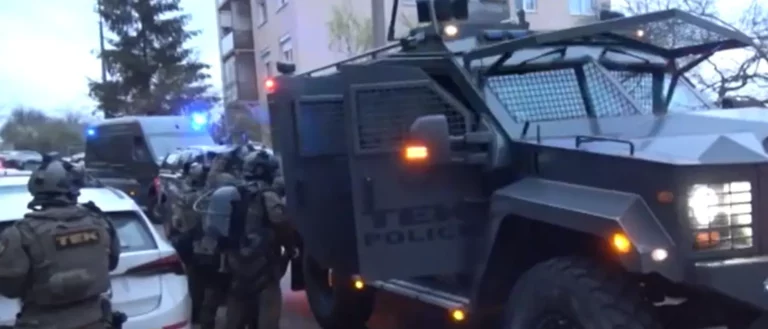Austria
Popular international food chain flees Hungary due to PM Orbán and his oligarchs?

Delays expected: German rail strike to affect trains running via Hungary

Good news: More trains to commute between Budapest and Vienna!

The fascinating story of saving Hungary’s gold in the 1940s

Record number of Hungarians in Austria: exploring the causes

Expatriation: Hungarians are flooding into Austria

Reach Austria from Budapest faster than ever before

Unexpected announcement: M1 Budapest-Vienna motorway will become three-lane!

Austrian village makes it impossible for Hungarian commuters to pass the border

Young Hungarian man planned to carry out terrorist attack in Vienna

Important changes coming to the Austro-Hungarian railway network

Foreign Minister Szijjártó: Hungary counts on Austria’s support

Hungary establishes another important regional cooperation

Tragedy: Hungarian skier dies in Austria

What’s the reason behind the baffling Hungarian workforce decline in Austria?

Budapest-Vienna motorway to be more easily accessible – PHOTOS

Romania preceded Hungary again: Hungarians second poorest in the EU

Hungary struggles at the bottom in Europe’s happiness ranking






